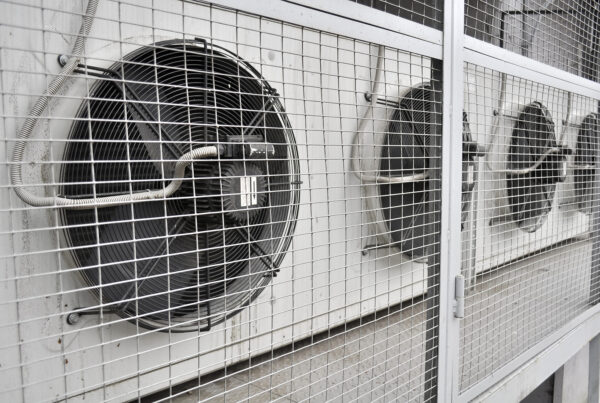We can make some interesting and not really discussed observations about our audio speakers. Lets keep our discussion in the playback domain of our recorded source material. Our playback system will need to be set up in a room with 4 walls, ceiling, and floor.
Our audio speakers will be a two channel system operating in stereo mode. Our first observation must deal with the reflections which occur from the sound generated by our audio speakers and the walls, floors, and ceilings. Primary, secondary, and tertiary reflections all confuse the direct energy which is the energy that reaches our ears in the shortest time frame. Sound that travels in a straight line from our audio speakers to our ears is called direct sound. Sound that is reflected off of room boundary surfaces is called reflected sound.
One of the sonic consequences of these reflections between our audio speakers and the room is a term called coherent interference. This is the name for the sound issues that result from all the room boundary reflections bombarding the listening position with all this “interference”. This coherent interference affects the lower mid and upper bass regions of our sound presentation. Vocals are smeared and blurred and instruments in this region may not be heard.





